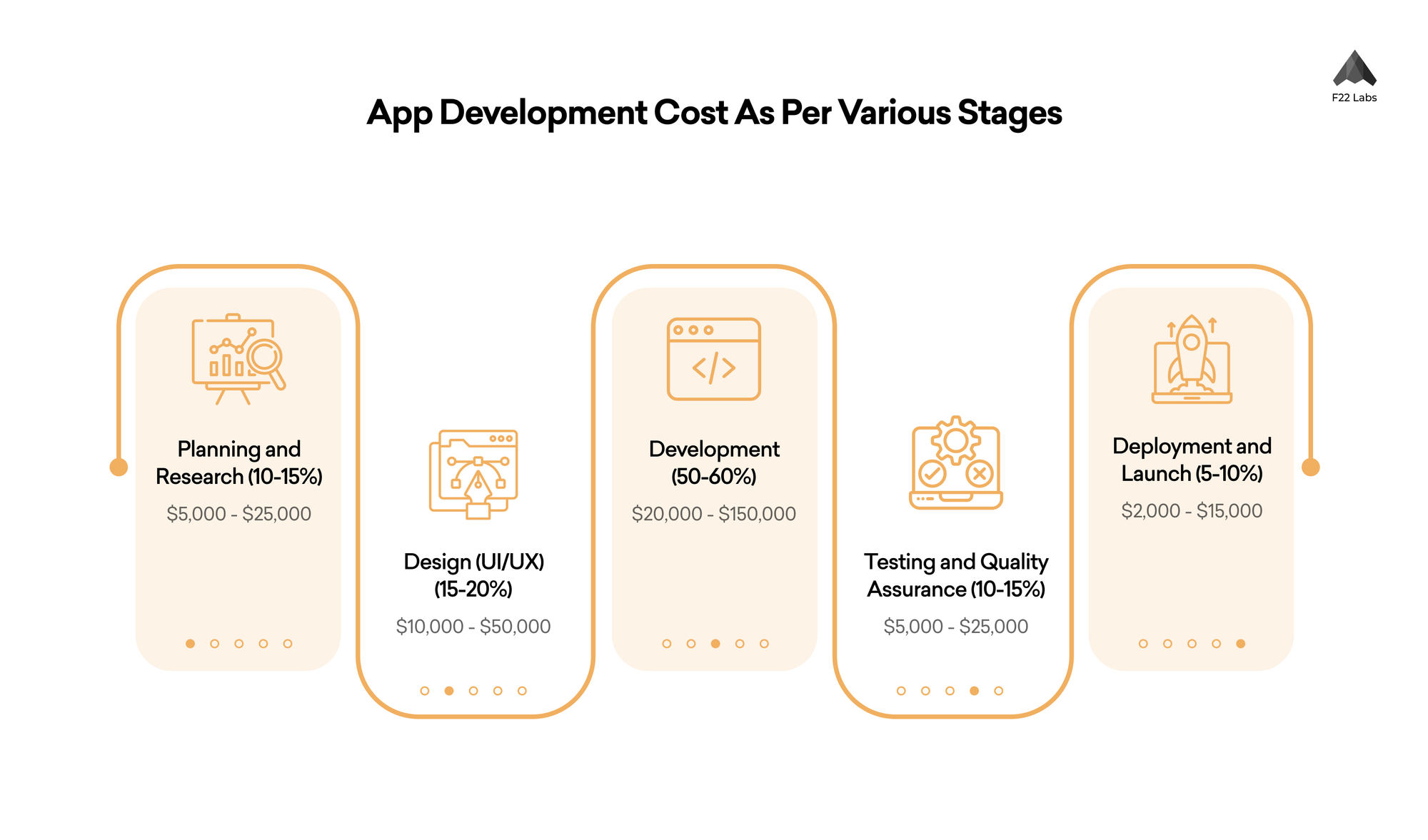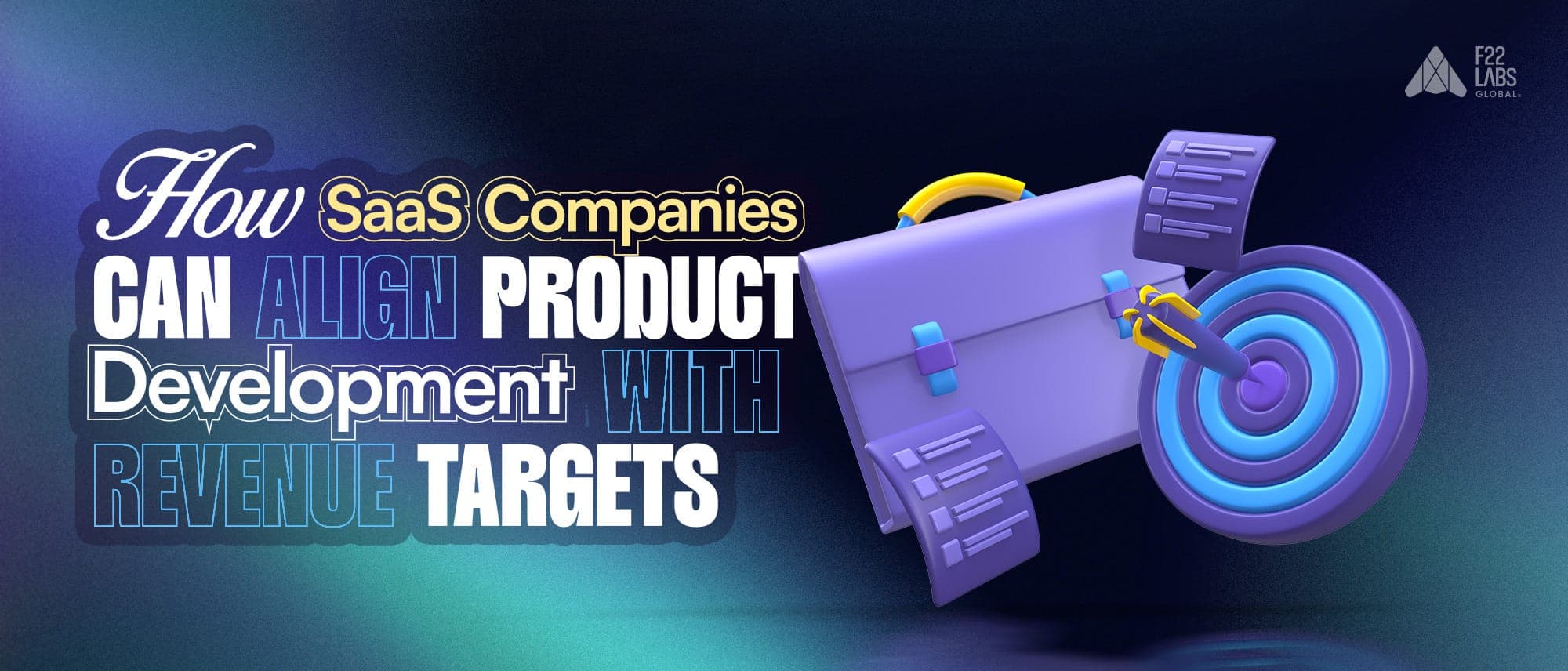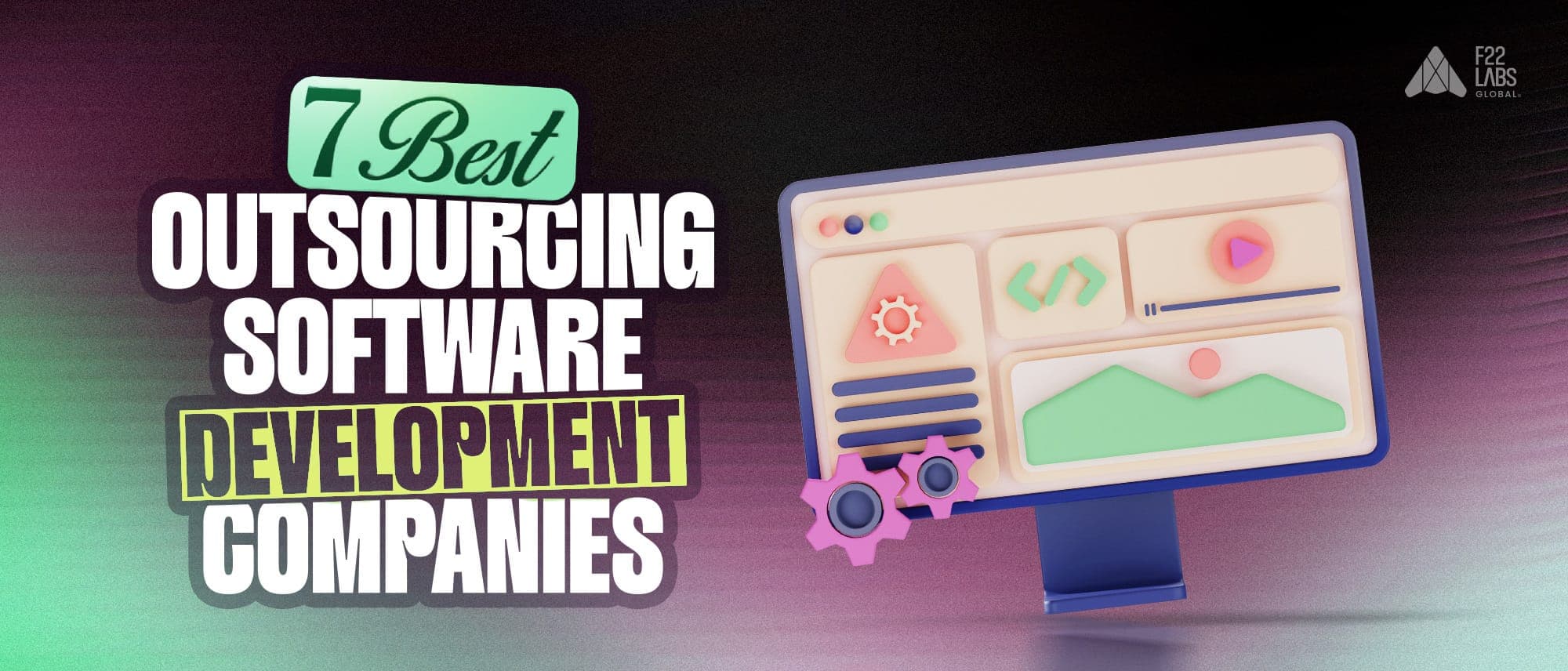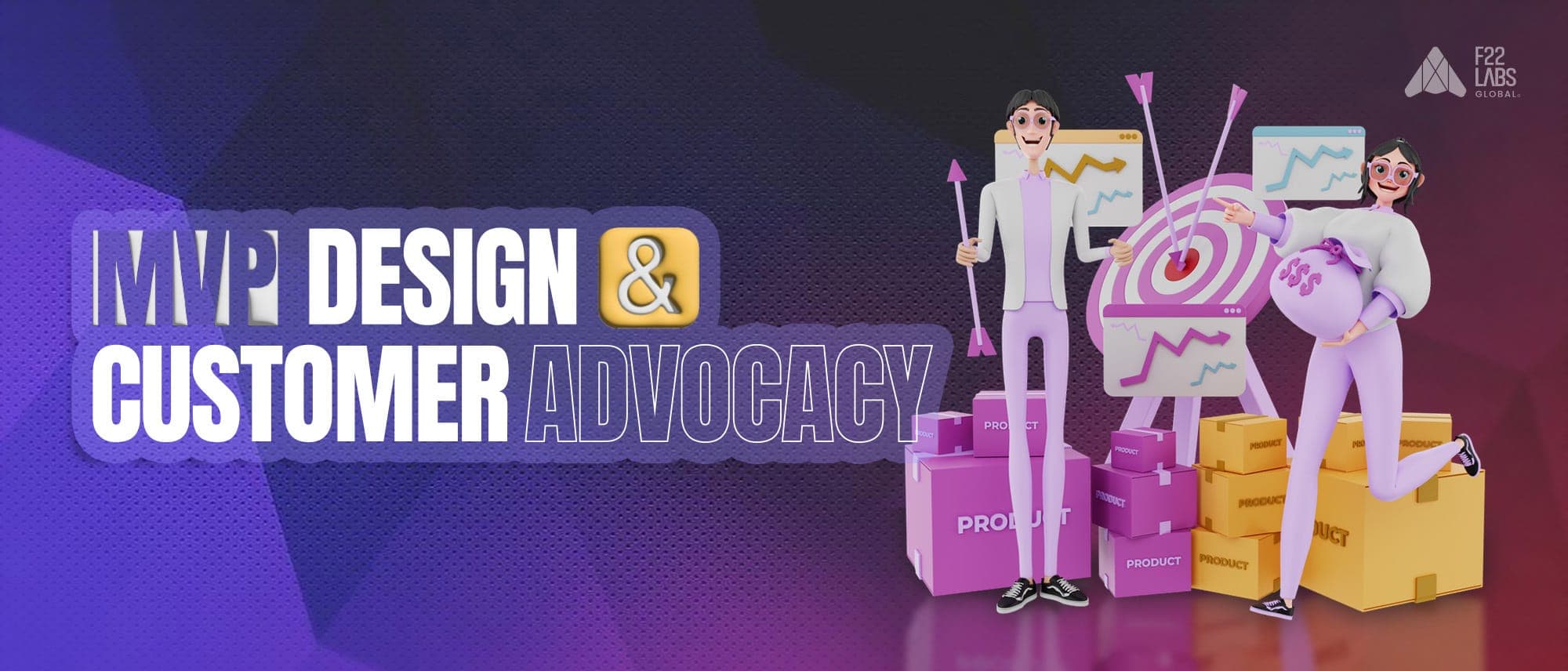
The mobile app development landscape in 2026 is evolving rapidly, and costs vary widely based on many factors. How much does it cost to develop an app? There is no single answer to this question, as app development costs can range from a few thousand dollars for a simple app to millions of dollars for a complex enterprise solution.
The cost to develop an app depends on such factors as the strength of the app, features, platforms (iOS, Android, or both), design requirements, location, and knowledge of the development team.
An average basic app can cost between $40,000 and $60,000, while a complex app can easily cost over $300,000.
When considering how much it costs to develop an app, companies should account for the entire development lifecycle, which includes planning, design, development, testing, and ongoing maintenance.
MVP development services can help reduce initial costs by focusing on core features, allowing companies to test their app idea before investing in a full-scale version.
Understanding these costs is important for businesses and entrepreneurs looking to enter the mobile app market. Careful planning and prioritization can lead to a successful app without breaking the bank.
This guide is put together to help readers understand the general ideas behind mobile app development costs in 2026. The information is based on commonly observed industry patterns and general market behavior.
The Most Popular Global Apps and Their Development Cost
Understanding how much it costs to make an app becomes clear when we look at some of the most popular apps in the world and their development costs. The mobile app market continues to grow every year, and many businesses are exploring app development as part of their digital strategy.
Here is a table showing some of the most popular apps and the estimated cost of basic development:

It’s important to note that these figures represent initial development costs and do not include ongoing maintenance, updates, and scaling costs. Large platforms often spend more over time as their user base grows and new features are added.
Take Uber, for example. While its initial app development costs range from about $150000 to $200,000, the company has invested tens or hundreds of millions of dollars to update and expand its app ecosystem. This includes developing separate apps for drivers and passengers, robust mapping and payment system integration, and constant innovation to remain competitive.
Well-known apps usually begin with a simple core idea and then add improvements and features over time. But Facebook (now Meta) has invested billions of dollars in innovation, scalability and integration with other meta platforms since its acquisition.
Many widely used apps have grown steadily as their features expanded. Its success lies in its simplicity and focus on key messages, proving that simple ideas put to good use can lead to global success.
Tinder, with its new swipe feature, shows how a unique concept can be implemented for a small amount of money (initially estimated at $50,000 to $150,000) and still enjoy huge popularity.
Different apps can have different starting points, and how they evolve often depends on what users expect from them. Initial development is only one part of the journey; apps generally continue to change as they grow. Successful apps require continued investment in updates, user acquisition, and scaling infrastructure to meet growing demand.
9 Factors That Affect App Development Costs
Understanding the factors that influence app development costs is crucial for anyone looking to create a mobile application. Here are nine key factors that significantly impact the overall cost of developing an app:
1. Application complexity and features
The complexity of the application and the number of features are the main drivers of development costs. Apps can generally be broken down into three complexities:
- Simple apps: basic functionality, minimal features (e.g., calculator).
- Medium complexity apps: multiple features, some third-party API integrations (e.g., weather app).
- Complex infrastructure: advanced features, more integrations, and real-time updates (e.g., social media platforms).
Understanding the factors that affect app development costs is important for any aspiring mobile application developer. Here are nine key factors that significantly impact the overall cost of developing an application:
Cost breakdown:

2. Platform Choice (iOS, Android, or Both)
The choice of platform significantly affects the cost of developing an app. Developing for a single platform is generally less expensive than creating a cross-platform app.
Cost breakdown:

Suggested Reads- Why Do React Native & Flutter Outperform Kotlin & Swift?
3. Design Complexity and User Interface
The app's visual design and user interface complexity can greatly influence costs. Custom animations, unique layouts, and brand-specific designs typically increase development time and costs.
Cost breakdown:

4. Backend Infrastructure and APIs
The backend infrastructure required to support an app can significantly impact costs. This includes databases, servers, and third-party API integrations.
Build Lean. Learn Fast.
Launch an MVP that saves money while proving your concept works.
Cost breakdown:

5. Location and Rates of Development Team
The geographical location of your development team can greatly affect costs due to varying hourly rates across different regions.
Cost breakdown (average hourly rates):

6. App Maintenance and Updates
Ongoing maintenance and updates are essential for any app's success and should be factored into the overall app development cost.
Cost breakdown:

7. Security Measures
Implementing robust security measures is crucial, especially for apps handling sensitive user data. The level of security required can significantly impact development costs.
Cost breakdown:

8. Third-Party Integrations
Integrating third-party services (e.g., payment gateways, and social media APIs) can add to the overall cost but often saves time compared to building these features from scratch.
Cost breakdown:

9. Scalability Requirements
Building an app that can handle growth in users and data is crucial for long-term success but can increase initial development costs.
Cost breakdown:

Understanding these factors is crucial when estimating the cost of building an app. The total cost will be a combination of these factors and can vary widely depending on the specific requirements of your project.
For example, a simple app with a basic design, developed for a single platform by an offshore team might cost around $40,000 - $60,000. In contrast, a complex, cross-platform app with advanced features, custom design, and robust backend infrastructure developed by a North American team could easily exceed $500,000.
It's important to note that while cutting costs in certain areas might seem appealing, it can lead to issues down the line. Planning your app carefully in the early stages may help avoid some issues later.
When planning your app development budget, consider not just the initial development costs, but also ongoing expenses for maintenance, updates, and scaling. Some teams choose to set aside a portion of their budget for future updates since apps usually need adjustments over time.
By carefully considering these factors and prioritizing features, it's possible to develop a successful app that meets your business needs and budget constraints. Working with experienced developers for MVP development can help you navigate these decisions and create a cost-effective development plan.
Hidden App Development Costs
When budgeting for app development costs, many businesses focus primarily on the direct expenses of design and coding. However, several hidden costs can significantly impact the overall investment required to bring an app to market and maintain its success.
- App Store Fees: Both Google Play and Apple's App Store charge fees for hosting and distributing your app. Apple charges an annual developer fee of $99, while Google Play has a one-time $25 registration fee. Additionally, both platforms take a 30% cut of app sales and in-app purchases (reducing to 15% for smaller developers).
- Server Costs and Cloud Services: Many apps require backend infrastructure to function. Cloud services like AWS, Google Cloud, or Microsoft Azure can quickly accumulate costs based on usage, data storage, and processing power required.
- Third-Party Service Subscriptions: Integration with third-party services often involves ongoing subscription fees. This could include payment processors, mapping services, analytics tools, or other APIs crucial to your app's functionality.
- Marketing and User Acquisition: Developing an app is only half the battle; getting users to download and engage with it is equally crucial. Budget for app store optimization (ASO), paid advertising, and other marketing efforts.
- Customer Support: As your user base grows, so will the need for customer support. This might involve hiring support staff or investing in helpdesk software.
- Legal and Compliance Costs: Depending on your app's nature, you may need to invest in legal consultations to ensure compliance with data protection regulations like GDPR or CCPA. This may also include costs for drafting privacy policies and terms of service.
- Localization: If you plan to launch your app in multiple countries, factor in the costs of translating your app's content and adapting it to different cultural contexts.
- Scaling Costs: As your app grows in popularity, you'll need to scale your infrastructure. This can lead to increased server costs, potential redesigns to handle higher loads, and possibly transitioning to more powerful (and expensive) development frameworks.
Starting with a simpler version of an app can sometimes make it easier to understand what users actually want before expanding it further.
When estimating how much it costs to make an app, it's crucial to consider these hidden costs alongside the direct development expenses. A comprehensive budget that accounts for these factors will provide a more accurate picture of the total investment required for your app's success and sustainability.
Step-by-Step Mobile App Creation Process
The mobile app development process involves several important steps, each of which contributes to the overall cost of app development. Understanding this life cycle can help with better planning and budgeting. Here’s a step-by-step breakdown of the app creation process:
Ideation and Market Research: In this initial step, you explain the purpose and target audience of your app. Conduct thorough market research to confirm your idea and make sure that your app meets the demand. Analyze competitors to identify gaps in the market and identify unique products that you sell.
Planning and Strategy: Once your idea is approved, outline the main features of your app and how it works. Create a project roadmap and timeline to guide progress. Define your Minimum Viable Product (MVP) and focus on the features necessary for the initial release.
Wireframing and Prototyping: Start by mapping out the basic app layout and user flow. Visualize interactive prototypes to visualize the user experience and gather quick feedback. Use this information to iterate your system and reconcile the user interface.
UI/UX Design: Create a detailed visual design for each screen of your app. Create a unified design language and style guidelines to ensure consistency across the app. Follow design-specific design guidelines to give users a native feel.
Development: Configure the development environment and start code on the front and back of the application. Implement key features and activities as outlined in your plan. Integrate essential APIs with third-party services to optimize your app’s capabilities.
Quality Assurance and Testing: Implement comprehensive software testing strategies to conduct thorough testing for functionality, usability, and performance. Test your app across different devices and operating system versions to ensure compatibility. Address and fix any identified bugs and issues to improve the overall user experience.
Deployment: Prepare your app store list with descriptions, screenshots, and other important details. Submit your app to the relevant app stores for review. Consider scheduling a soft launch or beta testing phase to gather initial user feedback.
Launch and Marketing: Once approved, officially release your app to the public. Use your marketing strategies to attract content and user acquisition. Monitor initial user feedback and survey reviews to identify areas for improvement.
Post-Launch Maintenance and Updates: After launch, gather and analyze user data and feedback. Plan and implement regular updates and new features based on user needs and market trends. Provide ongoing support and bug fixes to maintain a positive user experience.
Scaling and Optimization: As your user base grows, improve app performance based on real-world usage data. Scale your infrastructure to handle increased user load. Continue to improve the user experience and add value to keep users engaged and attract new ones.
Build Lean. Learn Fast.
Launch an MVP that saves money while proving your concept works.
Throughout this process, it's crucial to maintain open communication between stakeholders, developers, and designers. Regular check-ins and agile methodologies can help ensure the project stays on track and within budget.
Remember, the app creation process is often iterative. Be prepared to revisit earlier stages as you gather more information and user feedback. Adjusting and refining the app based on feedback is a normal part of the development process, even if it might impact the initial app development cost estimate.
How to Reduce App Development Costs
While it’s important to understand how much it costs to develop an app, it’s equally important to know how to optimize this cost. Here are seven tips to help reduce app development costs without compromising quality:
1. Start with a Minimum Viable Product (MVP):
Start by focusing on the key features that solve your core problem. This approach allows for a quick start and preliminary user feedback gathering. You can adapt your idea faster by reducing the time and cost of initial development. Consider using MVP development services to optimize the process and ensure you are building the right product for your market.
2. Choose Cross-Platform Development:
Choose to make your app available for multiple platforms at the same time. Frameworks like React Native or Flutter allow you to create apps for both iOS and Android with a single codebase. This approach significantly reduces development time and cost compared to native development. Additionally, maintaining a single codebase allows for better handling of future changes and improvements.
3. Use Open Source Tools and Libraries:
Leverage existing solutions for business in general to reduce development time and the potential for errors. Open-source tools often bring community support and regular updates, which can benefit your project. However, ensure compatibility and thoroughly review the license terms before use to avoid any legal issues in the process.
4. Outsource Strategically:
Consider hiring offshore developers to reduce costs while maintaining quality standards. However, balance cost savings with quality and communication needs. Maintain clear communication and robust project management to ensure successful collaboration with your outsourced team.
5. Prioritize Features and Use Phased Development:
Implement features in the order they are needed and spread development costs over time. This approach allows you to incorporate user feedback to guide further development and reduce the risk of redundancy. Gradual development also helps you manage your finances by matching costs to the growth and success of your app.
6. Invest in Proper Planning and Documentation:
Create detailed project specifications to reduce miscommunication and rework. Setting clear expectations for developers streamlines the development process and helps avoid costly misunderstandings. Good documentation also facilitates easier onboarding of new team members and provides a clear roadmap for your project.
7. Utilize Cloud Services and Backend-as-a-Service (BaaS) Platforms:
Leverage cloud services and BaaS platforms to reduce infrastructure installation and maintenance costs. These services can request resources as needed and often come with built-in features such as user authentication and data storage. Using this service allows you to focus your development efforts on unique features of your application, potentially saving time and resources.
By using these techniques, you can significantly reduce your mobile app development costs without sacrificing the quality or functionality of your app. Remember that the goal is to build a successful application that best meets the user’s needs, not just to cut costs.
Also note that while these tips can help reduce initial development costs, they must be balanced against long-term considerations. Initial investments in adaptable construction or complexity can sometimes save money in the long run by reducing the need for major renovations or upgrades
Ultimately, the key to developing a cost-effective application lies in intelligent design, efficiency, and a focus on delivering value to your users. With these principles in mind, you can create a successful app that balances cost consideration with quality and user satisfaction.
App Development Cost As Per Various Stages of The Development Process
Understanding the breakdown of app development costs across various stages can help in better budgeting and resource allocation. Here's an overview of typical costs associated with each stage of the development process:

The planning and research stage involves market analysis, feature prioritization, and creating a development roadmap. This crucial phase sets the foundation for the entire project.
Design encompasses both user interface (UI) and user experience (UX) elements, ensuring the app is both visually appealing and user-friendly.
The development stage, typically the most expensive, involves coding the app's frontend and backend, integrating APIs, and implementing core functionalities.
Testing and quality assurance ensure the app functions correctly across various devices and scenarios, identifying and fixing bugs before launch.
The deployment and launch stage includes app store submission, initial marketing efforts, and addressing immediate post-launch issues.
It's important to note that these figures are estimates and can vary significantly based on the app's complexity, features, and the development team's location and expertise. Additionally, ongoing maintenance and updates, which are crucial for an app's long-term success, typically cost about 15-20% of the initial development cost annually.
Frequently Asked Questions
1. How much does it cost to develop an app in 2026?
App development costs vary widely, ranging from $40,000 to $60,000 for basic apps, while complex apps can exceed $300,000. Factors like features, platforms, and team location influence the price.
2. What factors affect app development costs?
Key factors include app complexity, platform choice, design complexity, backend infrastructure, development team location, security measures, third-party integrations, and scalability requirements.
3. How can I reduce app development costs?
Reduce costs by starting with an MVP, choosing cross-platform development, using open-source tools, outsourcing strategically, prioritizing features, investing in proper planning, and utilizing cloud services.
4. What are some hidden costs in app development?
Hidden costs include app store fees, server costs, third-party service subscriptions, marketing expenses, customer support, legal and compliance costs, localization, and scaling costs.
5. How long does the app development process take?
The app development process typically involves multiple stages, from ideation to launch and maintenance. The timeline varies depending on complexity, but it can range from a few months to over a year.
Next for you

MVP Development
How SaaS Companies Can Align Product Development With Revenue Targets

MVP Development
7 Best Outsourcing Software Companies of 2026

MVP Development
MVP Design & Customer Advocacy: How to Build Products Users Love in 2026
